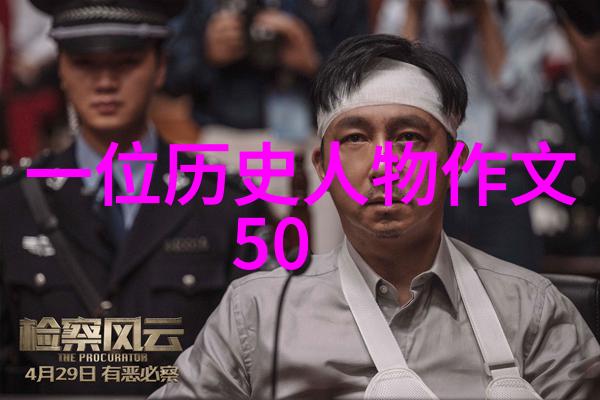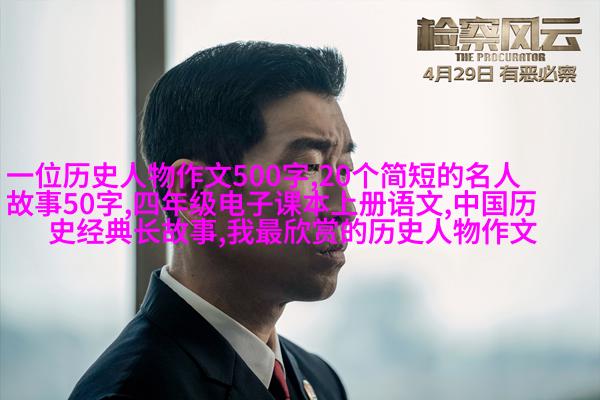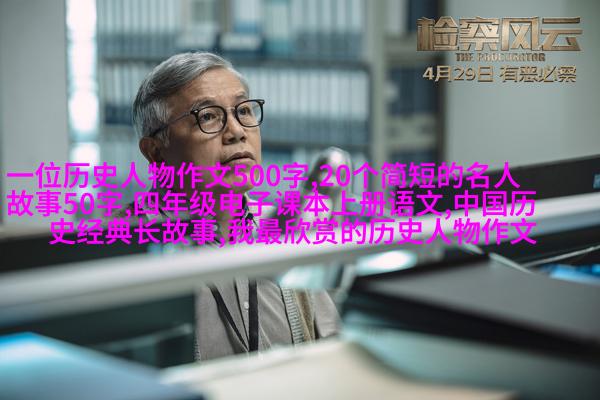在马克·费尔顿的调查研究下,他发现日本海军在战争罪行方面远超过纳粹德国。然而,一些曾经实施过残暴战争行为的日本水兵,在战后并未受到相应的惩罚,有些人甚至现在依然活着。

根据马克·费尔顿所说,日本海军是二战中最为残暴的海上屠夫。在他们军官们的命令下,数万名盟军水兵和无数平民百姓在二战中被故意虐杀,这不仅对《日内瓦公约》的严重挑衅,也是对国际法的一次极端践踏。
马克·费尔顿还提到了那些犯下如此可怕罪行而至今仍然活着的人们,他们没有受到任何打扰。而对于德国纳粹来说,即使有过类似事件,但这些都只是偶发,而对于日本海军来说,这种做法却是官方命令。即便是在岸上的无辜平民也不能幸免于难。

一些Japanese naval officers were even more cruel, they would surround civilians and kill them without mercy. Mark Feeley listed the horrible crimes committed by Japanese naval officers: some were thrown into the sea to feed sharks; others were beaten to death with hammers, stabbed to death, beheaded, strangled, drowned or burned alive. Even more horrifically, some Japanese naval doctors used live humans for medical experiments.
Some records show that at least 12500 British sailors and 7500 Australians were killed by the Japanese navy. The HMS Behar was a typical example of this kind of tragedy. On March 9th 1944, it was sunk by the Japanese heavy cruiser "Rein" under command of Captain Tameichi Hara who ordered all captured British sailors to be imprisoned on deck. After ten days at sea, eighty-five British sailors were bound together and taken to the stern of "Rein". They were kicked in their stomachs and then beheaded with swords before being thrown overboard.

The commanding officer who gave this order escaped punishment after the war.
Mark Feeley also told a terrifying story about James Brailsford's ordeal on board a ship called "Tigress". In March 1944 he was one of three hundred survivors from two ships when they sank after being attacked by a Japanese submarine off Sumatra.

James Brailsford remembered how everyone was brought up onto deck where they had been chained together in groups before being shot or stabbed through their heads or chests while still alive.
Many people have heard stories about how brutally these men died but few know that most of them survived long enough to see their comrades die first before themselves dying from wounds sustained during those terrible moments.

In another incident involving an Australian soldier named John Searle who served as an infantryman in New Guinea between July and October 1943 he wrote down his experiences which included witnessing many atrocities carried out against prisoners including mass shootings and beatings carried out by soldiers who laughed while doing so
In yet another incident involving an American sailor named Richard E Duncan Jr he recalled how one day he saw several prisoners lined up along side a fence then suddenly there came machine gun fire followed by screams coming from those poor souls
So many lives lost due to senseless violence committed by ruthless men devoid any humanity leaving only destruction chaos pain suffering behind
